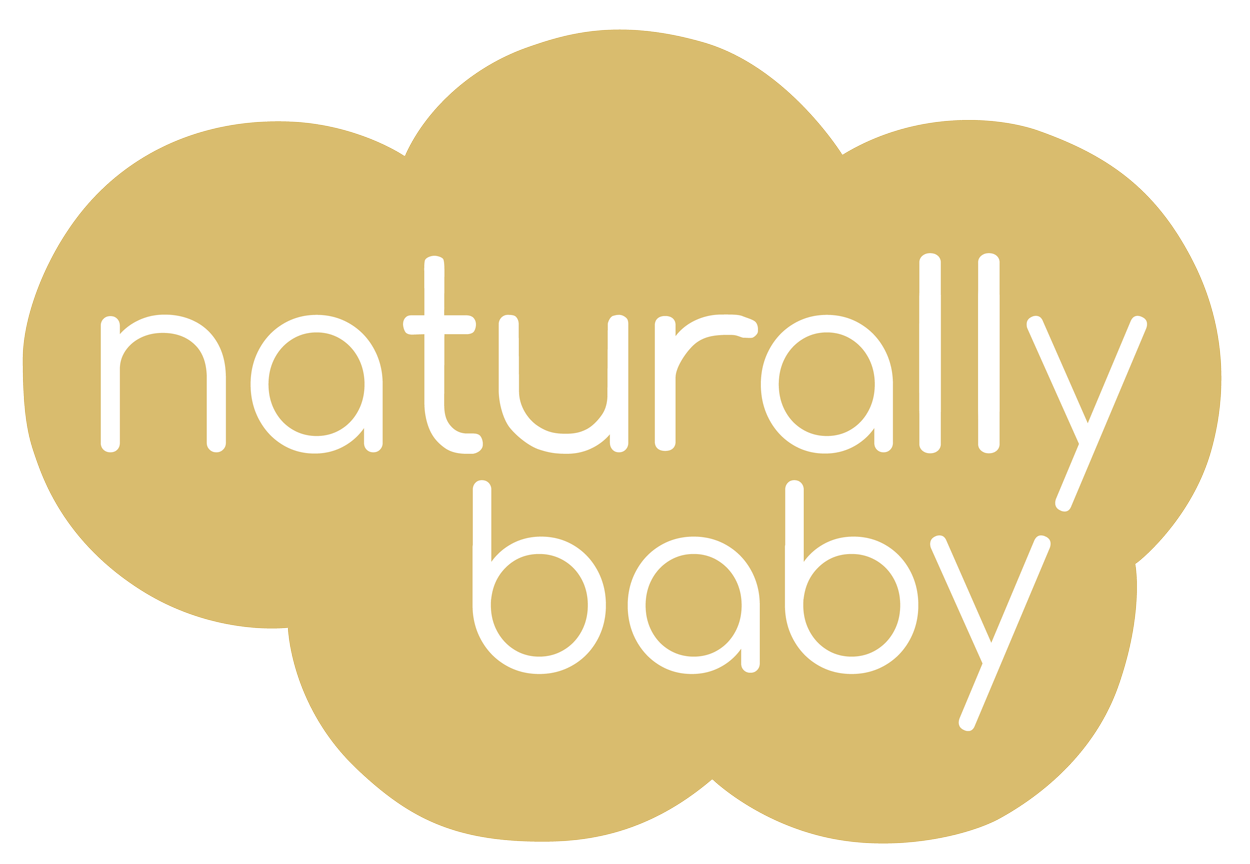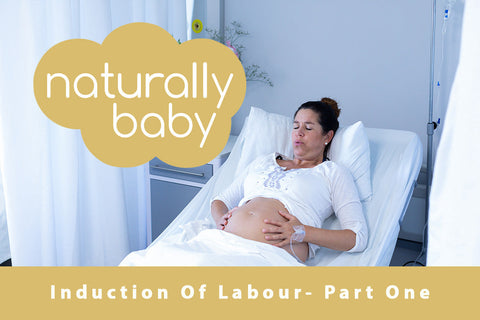You may have heard the term ‘Induction of Labour’ (IOL) and have some reservations or questions about it. It’s a common part of maternity care, but there can be a lot of uncertainty surrounding the process. In this first part of our blog, we’ll cover some essential facts about IOL, including when and why it’s offered, to help you make informed decisions about your pregnancy.
Main Reasons for Induction of Labour Being Offered:
1. Post-dates
In the UK, many hospitals offer induction at 41 weeks and 5 days, which is typically around Term +12 days. This is based on research showing that the placenta's function starts to decline after 42 weeks, which can affect the baby’s well-being. Offering induction just before this critical time helps ensure the best chance for delivery before complications arise.
A reduced-functioning placenta may increase the risk of the baby experiencing distress during labour. This could require medical interventions and support to deliver the baby safely. Additionally, there's a higher risk of the baby passing meconium (their first bowel movement) before or during labour, which can lead to breathing issues.
By the time you reach 42 weeks, your baby is also gaining weight rapidly, so induction may be advised to reduce risks such as difficult delivery or need for instrumental assistance.
2. Large for Gestational Age (LGA)
Your community midwife will measure your baby’s growth from around 26-28 weeks and plot it on a growth chart to track the centile. If your baby is measuring large, on or above the 90th centile, an ultrasound may be arranged to provide a more accurate measurement.
If it’s confirmed that your baby is large, the obstetric team may recommend induction to prevent complications during delivery, such as shoulder dystocia, where the baby’s shoulders become stuck and require emergency intervention. A 2024 study from the University of Warwick found that late third-trimester ultrasound can accurately predict LGA but also comes with a risk of false positives, meaning sometimes the baby may appear larger than it actually is.
The decision to induce can be discussed with your consultant to determine the best course of action for you and your baby’s safety.
3. Small for Gestational Age or Growth Restriction
There’s a difference between a baby being naturally small and one that’s growth restricted. Growth restriction often results from issues with the placenta, which may not be delivering enough nutrients and oxygen to the baby. In such cases, babies may not grow as expected.
Extra scans and close monitoring will be arranged to assess your baby’s condition, including checking the baby’s movements, heart rate, and amniotic fluid levels. If a baby is growth-restricted, the risks of labour complications increase, and induction can be considered for a safer delivery, with closer monitoring throughout the process.
4. Gestational Diabetes
Gestational diabetes can affect how the placenta functions, but if properly managed, it generally doesn’t lead to early induction unless other complications arise. The World Health Organization (WHO) revised its guidelines in 2018 to state that IOL should only be considered if there are other complications alongside gestational diabetes, such as abnormal blood glucose levels.
The NICE guidelines in the UK suggest that induction should not be offered before 40+6 weeks unless there are other medical issues. If you have gestational diabetes, you'll be under the care of both obstetricians and diabetic specialists to monitor your condition and plan for a safe delivery.
5. Maternal Age
As you get older, the risks in pregnancy tend to increase. Women over 35 years of age are more likely to face complications such as:
- Low birth weight
- Low-lying placenta (placenta praevia)
- Pre-eclampsia
- Placental abruption
- Stillbirth
Older women are also more likely to have conditions like high blood pressure or diabetes, and these can increase the likelihood of requiring interventions during labor, such as a caesarean section. As part of routine care, women aged 40 and over will generally be offered induction of labour from 39 weeks to ensure the best possible outcome for both mother and baby.
6. Prolonged Rupture of Membranes
If your waters break but labour doesn’t start on its own, it’s important to contact the hospital to confirm this and discuss the next steps. There are various reasons why the membranes may rupture, and not all pregnancies involve water breaking before labor begins. If your waters break early and you don’t go into labour within 24 hours, induction is usually offered to reduce the risk of infection for both you and your baby.
The general rule, often passed down from older generations, is: "never let the sun set twice on a broken membrane." This advice has been followed for over 50 years to protect both mother and baby from complications related to infection.
In the next part of our series, we’ll discuss the different methods of induction and what you can expect if you are offered IOL. Stay tuned!












